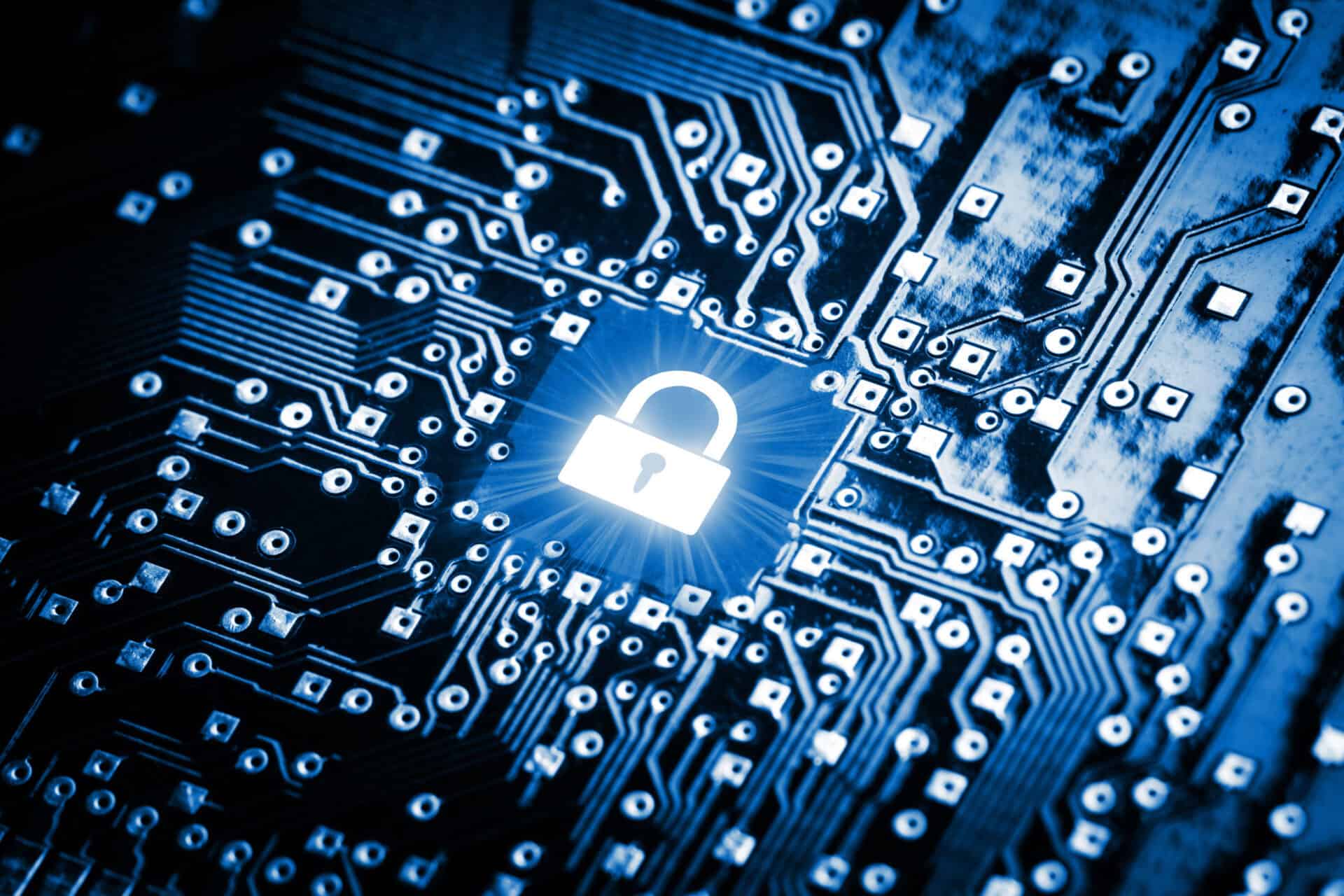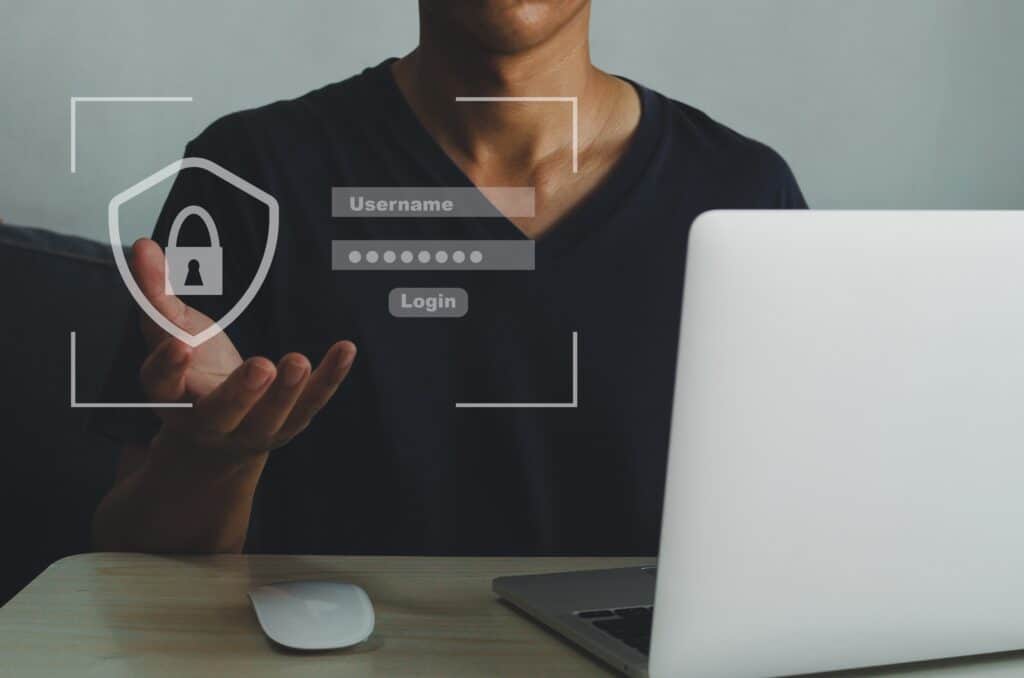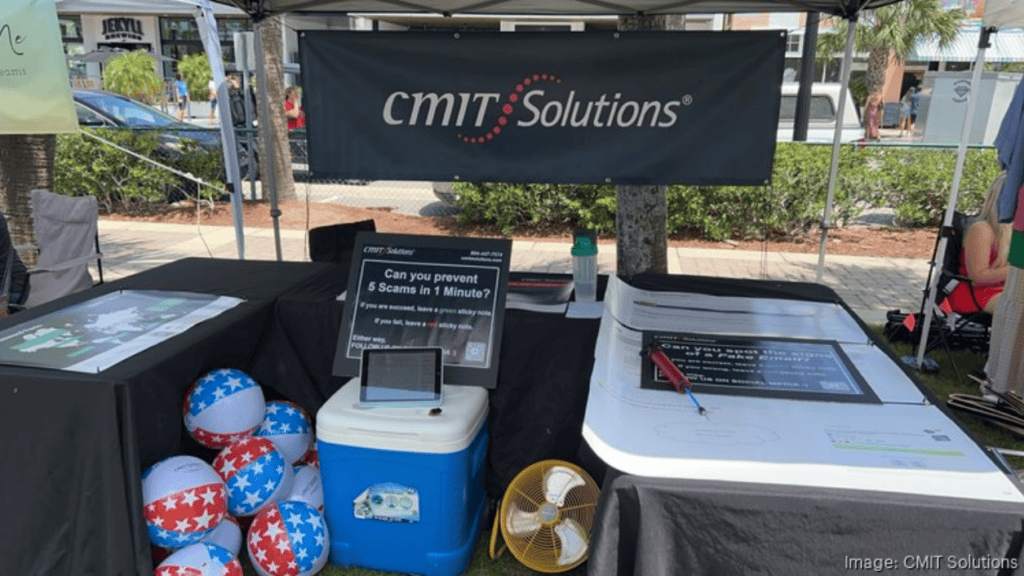As the new school year approaches, school districts and schools must prioritize cybersecurity. Cyberthreats are ever-present, and educational institutions are attractive targets for cybercriminals due to the wealth of personal and financial information they hold. Luckily, there are ways that schools can improve their cybersecurity posture.
Read on to learn more about safeguarding schools from cyberthreats and some practical measures to keep schools cybersafe.
Why Cybersecurity Matters for Schools
Schools rely on technology for everything, from administrative tasks to classroom instruction. This reliance on technology comes with significant risks. Schools handle sensitive data, including student records, staff information, and financial transactions. A data breach can have severe consequences, including identity theft, financial loss, and damage to the school’s reputation.
Moreover, schools are responsible for maintaining a safe learning environment. A cyberattack can disrupt educational activities, leading to lost instructional time and creating chaos. Having strong cybersecurity measures protects not just the data but also the integrity of the educational process.
Common Cyberattacks Schools Face
Here are some of the most prevalent cyberthreats facing schools today:
-
Phishing Attacks: Phishing attacks involve fraudulent emails designed to trick recipients into revealing personal information or downloading malware. These emails often appear to come from legitimate sources, such as school administrators or trusted vendors.
-
Ransomware: Ransomware is a type of malware that encrypts a victim’s files, demanding a ransom payment to restore access. Schools are prime targets due to the critical nature of their data and their perceived inability to quickly recover from an attack.
-
Data Breaches: Data breaches occur when unauthorized individuals gain access to sensitive information. This can happen through various means, including weak passwords, unsecured networks, and insider threats.
-
Denial-of-Service (DoS) Attacks: DoS attacks overload a network or website with traffic, rendering it unusable. These attacks can disrupt online learning platforms and school websites, causing significant disruption to educational activities.
Practical Cybersecurity Measures for Schools
Educate Staff and Students
Staff and students should be trained to recognize phishing emails, understand the importance of strong passwords, and follow best practices for online safety. Regular cybersecurity awareness training sessions and updates can help keep everyone informed about the latest threats.
Providing interactive training sessions can be particularly effective. Simulated phishing exercises can help staff and students practice identifying and reporting suspicious emails. Additionally, hosting workshops and webinars on cybersecurity topics can keep everyone engaged and informed.
Implement Strong Password Policies
Schools should enforce strong password policies, requiring complex passwords that are changed regularly. Implementing multi-factor authentication (MFA) adds an additional layer of security by requiring users to verify their identity through a second method, such as a text message or authentication app.
Encouraging the use of password managers can also help staff and students manage complex passwords securely. Password managers generate and store strong, unique passwords for each account, reducing the risk of password reuse and simplifying the login process.
Secure Networks and Devices
Schools can safeguard their networks and devices by using firewalls, antivirus software, and intrusion detection systems. Regularly updating software and firmware can also protect against known vulnerabilities.
Implement network segmentation to further enhance security by isolating sensitive data and systems from the rest of the network. This limits the potential impact of a breach by containing it within a specific segment of the network.
Back Up Data Regularly
Schools should implement a data backup strategy, including offsite and encrypted backups, so that data can be restored quickly and securely.
Conducting regular backup tests allows you to be certain that data can be successfully restored. Schools should therefore schedule routine tests to verify the integrity of backups and identify any potential issues before a real incident occurs.
Monitor and Audit Systems
Continuous monitoring and regular audits can help identify and address potential security issues before they become serious problems. Schools should use security information and event management (SIEM) tools to monitor network activity and detect unusual behavior.
Incorporating automated threat detection and response tools can further enhance monitoring capabilities. These tools use artificial intelligence and machine learning to identify and respond to potential threats in real time, reducing the likelihood of a successful attack.
Develop an Incident Response Plan
Despite our best efforts, cyberattacks can still occur. Having an incident response plan in place lets the school respond quickly and effectively to minimize damage. This plan should include steps for identifying the breach, containing the threat, and communicating with stakeholders.
Regularly reviewing and updating the incident response plan helps to keep it current with evolving threats and best practices. Conducting tabletop exercises can help staff practice their roles and responsibilities during an incident, ensuring a swift and coordinated response.
Improving Digital Citizenship
Schools should encourage responsible online behavior among students and staff. This includes teaching the importance of privacy, respectful online communication, and the ethical use of technology. By promoting digital citizenship, schools can help create a safer online environment for everyone.
Integrating digital citizenship into the curriculum can reinforce these values. Lessons on digital footprints, cyberbullying, and online ethics can empower students to navigate the digital world responsibly and confidently.
Partnering with Cybersecurity Experts
Given the complexity of cybersecurity, schools may benefit from partnering with cybersecurity experts. Managed security service providers (MSSPs) can offer specialized knowledge and resources to help schools protect their digital assets. These partnerships can include services such as network monitoring, vulnerability assessments, and incident response support.
Cybersecurity consultants can also provide valuable insights and recommendations tailored to the specific needs of the school. Engaging with experts gives schools access to the latest security practices and technologies.
The Role of Parents in Cybersecurity
Engage parents in cybersecurity efforts by providing resources and training on how to protect personal devices and recognize potential threats. Encouraging open communication between schools and parents can help create a united front against cyberthreats.
Organizing parent-focused cybersecurity workshops can be an additional way to involve parents. These workshops can cover topics such as safe internet usage, monitoring children’s online activities, and securing home networks.
As schools prepare for the new academic year, cybersecurity must be a top priority. Luckily, our team at CMIT Solutions of SW Jacksonville can help. Contact us to learn more about our IT and cybersecurity solutions today!




